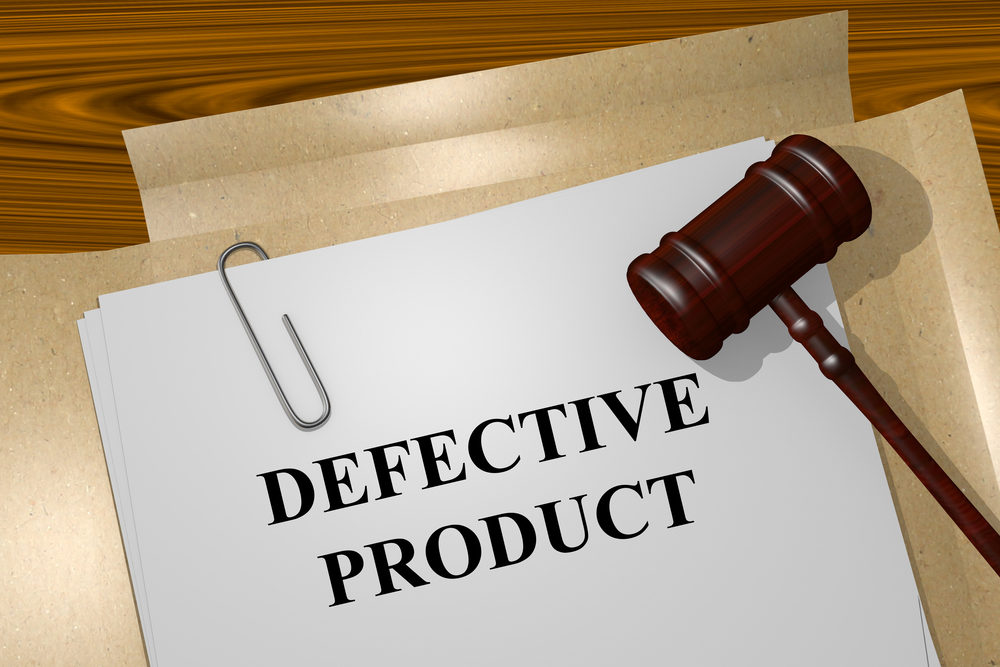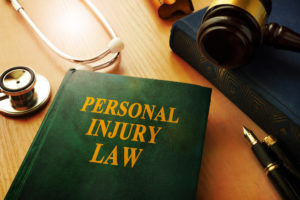
Imagine if a mom named Lisa buys a new pressure cooker from a local department store. She uses it a few times without any issues. Then she decides to use it to cook Christmas dinner one year. She follows the instructions as she always has, but while her meal is cooking, something goes terribly wrong. The lid suddenly flies off, and the contents explode, spilling onto her and her five-year-old daughter. Both are severely burned and have to go to the hospital for treatment.
This is an example of a defective product injury. The product malfunctioned, causing harm to Lisa and her daughter through no fault of their own. Let’s say that Lisa knows this and decides to file a product injury claim. She wants to gain compensation to pay for her and her daughter’s medical expenses. But when she looks into her files, she can’t find the receipt for the pressure cooker.
She begins to panic. Does this mean she won’t be able to file a claim?
At Shapiro, Washburn, & Sharp, we often get this question from clients. If you are hurt by a defective product, having the receipt is helpful, but it’s not required. We manage these types of cases all the time and know what you need to do to build a strong argument in your favor, even without a receipt. Call our Virginia Beach defective product injury lawyers today at 833-997-1774 for a free consultation.
But Isn’t a Receipt Important?
If you have the receipt from when you purchased the item, it serves as proof that a) you did purchase it and b) it shows when you bought it. This is nice proof to have, but it’s not required.
Many people who are injured by products, for example, didn’t buy the product themselves. A dinner guest who is hurt when a defective chair collapses under them most likely didn’t purchase that chair. Or a friend who borrows a lawn trimmer from a neighbor and then gets cut when the blade comes loose, most likely didn’t buy that trimmer.
These types of victims were hurt by defective products, but they didn’t have receipts because they didn’t buy those products. That doesn’t mean their injuries don’t count or that they can’t pursue a claim. The law recognizes this and provides victims with a means to seek compensation, even if they lack proof of purchase.
What if You Don’t Have a Receipt?
You don’t need a receipt, but you do require evidence to support your claim for a defective product. Fortunately, many other types of evidence can be just as powerful and sometimes even more convincing than a receipt.
Witness Testimony
If someone else saw the accident happen and is willing to testify to that, their account of what they saw can help establish how the product failed and caused your injury. Even if no one was there when it happened, people who saw the aftermath—such as family members who found you injured, neighbors who helped after, or even coworkers who noticed your injuries—can provide important information about how the product harmed you.
Expert testimony, as well—from engineers, safety specialists, or other professionals—can help explain how the product was defective and why it caused your injuries. Your defective product lawyer can help secure these experts, allowing them to examine the product and provide their opinions on what went wrong and whether the manufacturer should have prevented the issue.
Photographs
Photographs serve as powerful evidence in any product injury case. If you can, take pictures of all of your injuries (or have a friend or family member do so), of the scene of the accident, and of the defective product. Take photos of the product from multiple angles, showing exactly how it broke or malfunctioned, if you can. If the product caused property damage, take pictures of the damage as well.
Medical Records
Medical records serve as crucial evidence linking your injuries to a defective product. These could include emergency room reports, doctor’s notes, X-rays, and treatment records. They will all help establish the severity of your injuries while also creating a timeline for your medical care.
Your Statement
As soon as you can, write down everything you remember about the incident, including the time, date, location, and circumstances. Note any unusual sounds, smells, or other signs you may have experienced right before the accident (that may have indicated the product was malfunctioning). In general, get down any details surrounding what happened that you can recall, as they may be important to your case.
Product, Packaging or Manuals, Recalls
If you kept any materials that came with the product, such as the product manual or other documents, these can also serve as important evidence. The manual may have information about the “safety” of the product, for instance, that can be used to show that the product was defective.
Likewise, you want to preserve the product itself. Don’t throw it away. Save it exactly as it was at the time of the accident.
Finally, your defective product injury lawyer will also help you research any product recalls that may have been in effect at the time of your injury—or that were implemented afterward—that may also demonstrate that the manufacturer was aware of the defect and failed to take action to protect consumers.
What Is a Defective Product Claim?
A defective product claim is a legal case in which someone seeks compensation for injuries they suffered due to a product that was defective or unreasonably dangerous. These cases fall under the area of law known as product liability, which holds manufacturers, distributors, and sellers responsible when their products cause harm to people.
In general, three types of product defects can lead to injury claims:
- Design defects: These occur when a product’s design or concept is inherently dangerous, even when it is manufactured perfectly. A car that tends to roll over during normal turns would have a design defect.
- Manufacturing defects: These occur when something goes wrong during the production of a product, resulting in one that differs from its intended design. A batch of medications that includes the wrong ingredients due to a factory error would be an example of a manufacturing defect.
- Marketing defects: These occur when a manufacturer fails to include proper warnings or instructions with a product, thereby failing to inform users about potential dangers or proper usage. For example, a chainsaw that fails to include warnings about kickback dangers or instructions on wearing proper safety equipment could have a marketing defect if someone is injured because they weren’t warned about these serious risks.
When you file a product injury claim, you can pursue the following types of damages:
- Economic damages: These cover your financial losses, including medical expenses, lost wages, and reduced earning capacity if your injuries affect your ability to work long-term.
- Non-economic damages: These cover your pain, suffering, and reduced quality of life caused by your injuries.
In some cases, you may also be able to pursue punitive damages. These are awarded when the manufacturer’s conduct was particularly reckless or intentional, such as when they were aware of a dangerous defect but chose to conceal it from consumers to continue earning money.
How Can a Defective Product Attorney Help?
An experienced attorney can make a big difference in a case where you were injured by a defective product, but don’t have a receipt. Contact us at Shapiro, Washburn, & Sharp. We work with injured clients to investigate what happened, prove that the product was defective, and fight for the compensation our clients deserve.
We have a track record of fighting for victims of defective products and winning, as we did for our client who suffered mesothelioma from long-term exposure to baby powder. We helped negotiate a $1.75 million settlement on her behalf.
We are happy to help you at any of our law offices in Virginia Beach, Portsmouth, Norfolk, Suffolk, Hampton, and Chesapeake.
RELATED CONTENT

An experienced personal injury attorney with dual licensure in Virginia and North Carolina, Eric Washburn received a B.B.A. in Finance from James Madison University—initially worked in the information technology field before obtaining his law degree from Thomas M. Cooley Law School in Lansing, Michigan. Once an Assistant Commonwealth’s Attorney in Danville, Va., Eric has been recognized by Super Lawyers Magazine as a “Rising Star” Super Lawyer in Virginia since 2014.








